Paul Gavarni
Around 1841
Black engraving
Imp. by Aubert & Cie
-It doesn't matter, I find that the little one's Godfather comes to our house too much... -These nuts are hardly good! -And it gets people talking... you know very well that I'm not saying this for myself: you know me... -Oh, you can do what you want, but you'll be seen as a man without character... Here's another hollow one. Sold at Bauger & Cie Editors of the CARICATURE drawings of FIGARO and CHARIVAR, Rue du Croissant, 16.
Dim: 28.5 x 19 cm
Paul Gavarni (1804-1866)
Draughtsman, watercolourist and lithographer born in Paris in 1904, this charming artist who knew how to wonderfully personify the Parisian spirit, one could almost say this urchin of art, was first a civil servant. Employed in the land registry, he lived in Tarbes and took advantage of his stay in the Pyrenees to make numerous studies, because he was nothing less than a leather round. A watercolour sent to the Salon of 1829 having appeared in the catalogue under the name of Gavarnie, the editor having confused the name of the place represented for that of the artist, provided the young Chevalier with the pseudonym that he was to make famous. His lively and graceful form, the spirit of his drawing (which was not yet emphasized by his incomparable captions) soon made him noticed. Emile de Girardin, founding La Mode, knew how to attach him and Gavarni contributed powerfully to the success of the newspaper. Gavarni also worked at L'Artiste, and, in 1832, at La Silhouette; his time at Le Charivari, which he joined in 1832, was much more notable; he began there, in 1837, with Les Fourberies de femmes en matière de sentiments, the publication of these caricatures worthy of the Balzacian spirit. However, despite his success, fortune had not yet come to the young artist and a stay in Clichy, the prison for debtors, provided him with the elements of pages as amusing as they were picturesque. In 1844, Gavarni married a very prominent musician, Mlle Jeanne Bonabry, but the union was not a happy one and, in 1847, the brilliant designer left for England. There he produced many drawings. He is noted among the exhibitors at the Royal Academy in 1850. Back in Paris, Gavarni proved by new publications that he had lost none of his spirit of a child of Paris: Les Partageuses, Les Enfants terribles, and many other series brought the artist's reputation to its highest point. Gavarni's work is considerable and almost all classes of society served as his model. If he does not have the depth of vision, the power of expression of Daumier, it is permissible to say that few artists have better translated feminine grace. He made watercolors that deserve the full attention of amateurs.











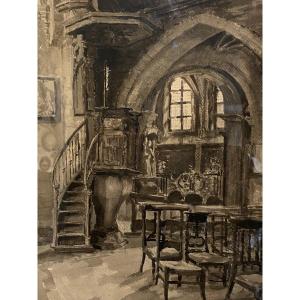
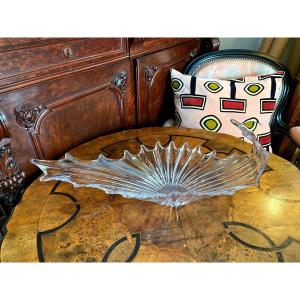
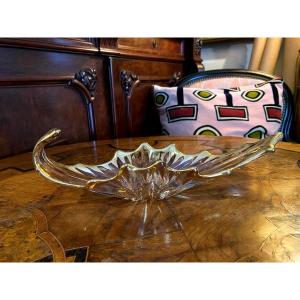
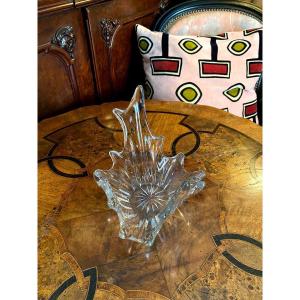
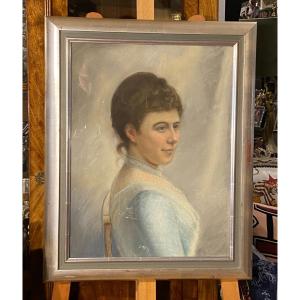
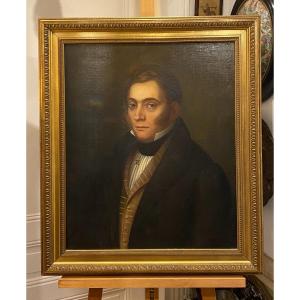
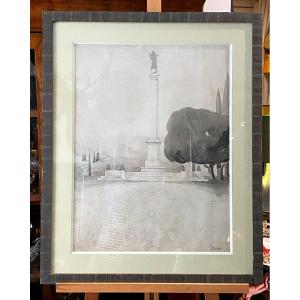
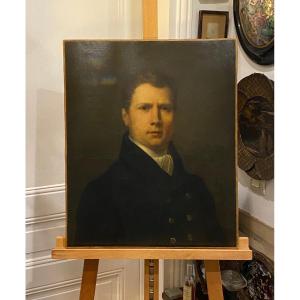
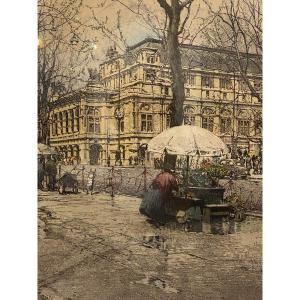
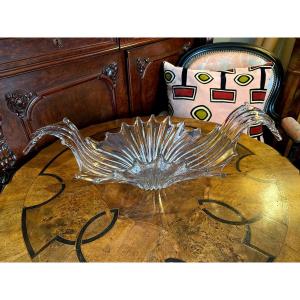
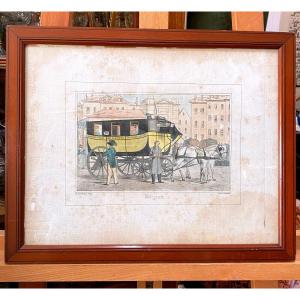
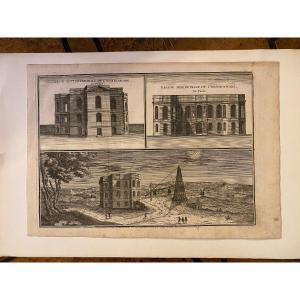



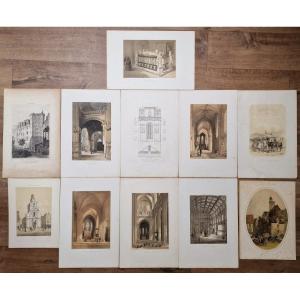

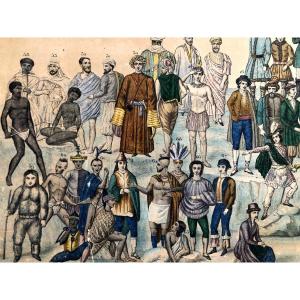



 Le Magazine de PROANTIC
Le Magazine de PROANTIC TRÉSORS Magazine
TRÉSORS Magazine Rivista Artiquariato
Rivista Artiquariato